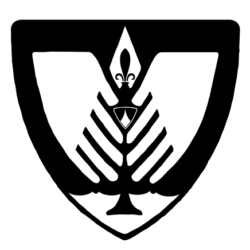The word Permaculture stands for permanent agriculture. It is a term coined by Bill Mollison back in the 1970s. Mollison was an Australian researcher, biologist, and teacher who along with David Holmgren envisioned agriculture that is sustainable, perennial, and basically self-maintaining. Together they designed such an integrated agricultural system. then trained people throughout the world on how to grow food using their permaculture design principles.
Our plan is to start small with a fifth-acre Permaculture Garden located just south of the farmhouse. Thanks to a grant from Faith in Place, we are now working with Bill and Becky Wilson and their company Midwest Permaculture located here in Illinois. https://midwestpermaculture.com/
According to Bill Wilson, permaculture is grounded in a respectful approach
to all of life and to future generations and is dedicated to leaving the planet
in better condition than when we found it. Its fundamental principles are
Care of People, Care of Earth, Sharing the Surplus.
Its objective is to design livable systems for people and the planet that
support and mimic nature’s own ability to create abundance. Once set up it
maintains itself with efficient and minimal work on our part. Permaculture
happens when there is a convergence of common sense, indigenous
wisdom, and appropriate technology.
It is all about understanding relationships, about working cooperatively and
compassionately with the sun, wind, rain, soil, plants, animals and fellow
humans to co-create sustainable and permanent-cultures.
These values are those that we here at Jubilee Farm have aspired to from our
founding in 1999. We realize we are nothing by ourselves, we are who we are only in relationship to the land and to the rest of the Earth community. We have long understood that the land teaches us, that Earth does not need us to heal her or “do for her”.
Instead, we watch, we listen, we learn how she does things, and we assist as best we can by refraining from practices that keep her from doing her job. That has been the main focus of our restoration work: removing harmful invasive species, prohibiting harmful chemical-use, and keeping humans out of nesting and vulnerable areas. We have focused on the pasture areas where we now have acres of native wildgrasses and flowers growing, the small wetlands, and our 52 acres of woodlands.
We plan to start work in the spring of 2024. We have much to learn, yet, as we
imagine what how it will unfold.
And the exciting thing is that this is something you can also do in your own
backyards! Really!


